The British Museum is broken – here’s who could fix it
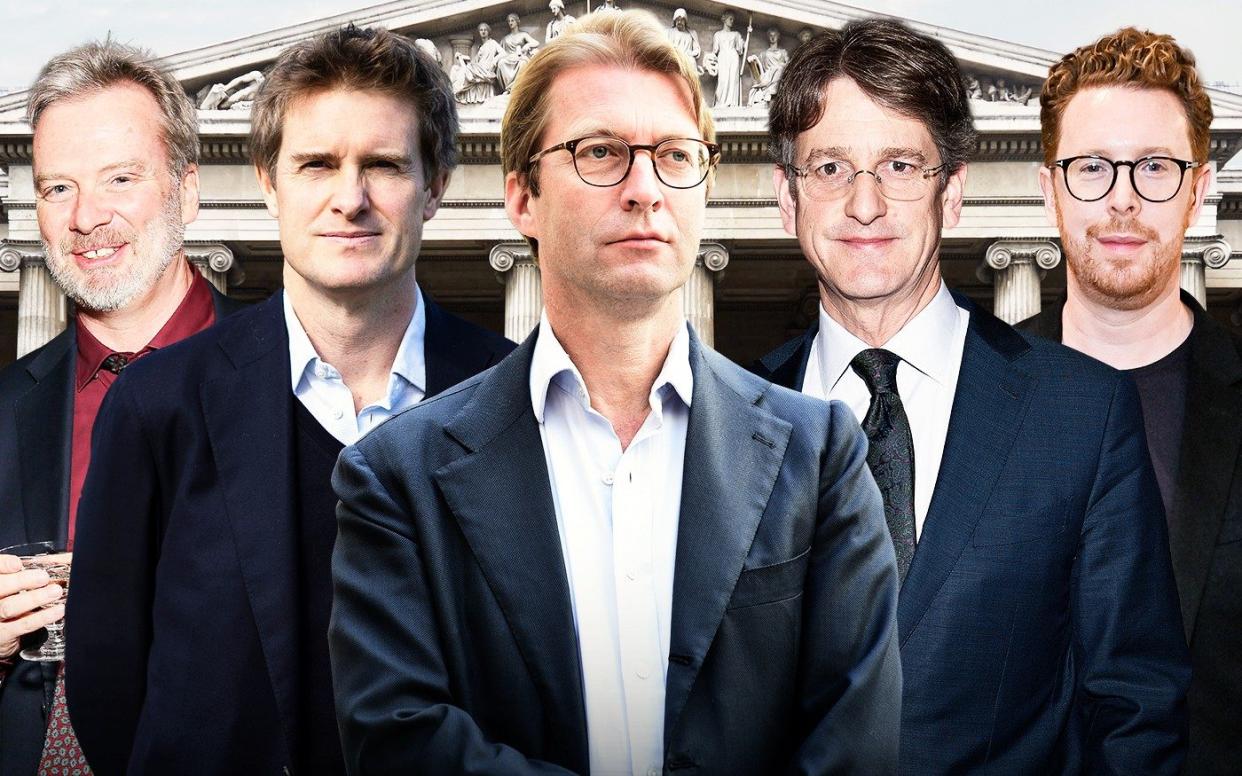
- Oops!Something went wrong.Please try again later.
- Oops!Something went wrong.Please try again later.
“We failed.” This was the crux of an important speech that George Osborne delivered as chair of the British Museum in November. Speaking at the annual trustees’ dinner, he was referring to the scandal that beset the institution last summer, when it emerged that, “over probably several decades” (as he put it), around 2,000 objects from its storerooms had been stolen or damaged – allegedly by a senior staff member who has since been dismissed. The museum, Osborne acknowledged, had neglected its primary “duty”: to keep safe “precious” artefacts, including Roman gems, entrusted to its care.
In other words, the British Museum – the world’s oldest national public museum, and one of the most visited – had messed up on a scale more monumental than that of the colossal granite statue of Ramesses II in its Egyptian galleries. This “catastrophic failure”, as one former national museum director described it to me last week, was compounded because “no action was taken” in 2021, when the BM was first tipped off about the thefts by a Danish antiquities dealer, Ittai Gradel, who had come across some of the stolen artefacts for sale on eBay.
In the fallout from the crisis, the museum’s German director, Hartwig Fischer, resigned, leaving an institution with a smashed reputation staffed by around 1,000 people with rock-bottom morale. (The departure of Fischer’s deputy, Jonathan Williams, was also revealed last month.) “There has been,” says the current director of another venerable museum in this country, “real failure of engaged leadership [at the British Museum] for a very long time.”
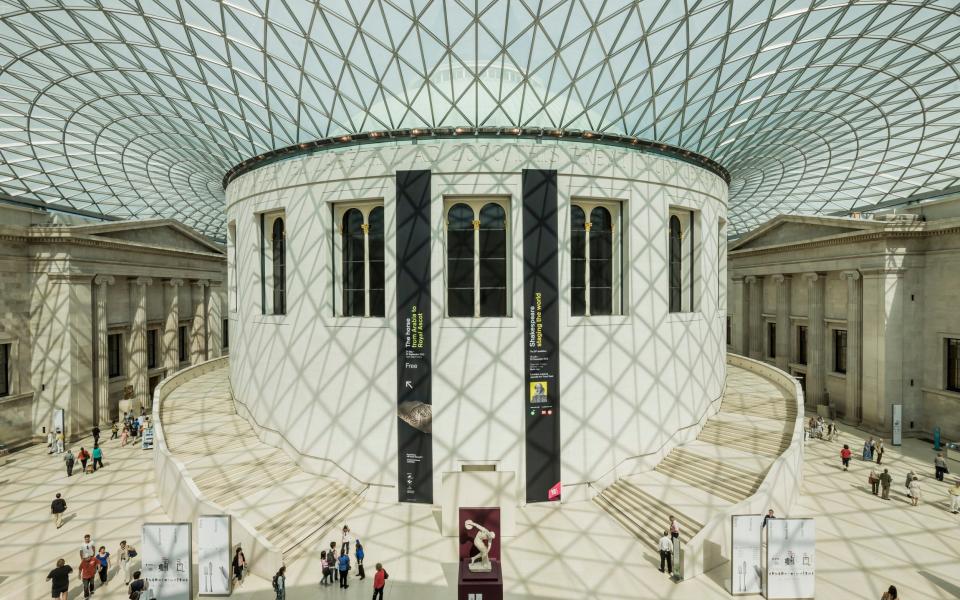
So, whoever takes over from steady interim director Mark Jones – and candidates have until Jan 26 to submit applications for the role, which was formally advertised last week – has much to do, simply to restore trust in the museum, and lift the spirits of its workforce. The job, fundamentally, is one of repair.
And that’s before he or she engages with difficult-to-deliver and contentious issues, such as improving the digitisation of its cataloguing system, or deciding the fate of certain objects, including the Parthenon sculptures, which other countries claim. Osborne ended his speech, which he delivered before part of the marble frieze that once decorated the temple of Athena on the Acropolis, by expressing hope that a mutually beneficial “agreement with Greece” regarding the sculptures could still be reached.
Then, there’s the question of how to manage the consequences of accepting £50 million in sponsorship from oil-and-gas company BP over the next 10 years. Demonstrations by climate activists must be expected – and, perhaps, further resignations: the deputy chair of trustees, the Scottish broadcaster Muriel Gray, has already quit. (A British Museum spokesperson said: “This was a personal decision taken by Muriel, but she will remain a close friend of the Museum.”) The timing of the deal’s announcement, shortly before Christmas, with a new director not yet chosen, and after such a difficult year, was “bizarre”, says a source; accepting money from BP, he adds, could prove “deeply off-putting” for other potential donors.
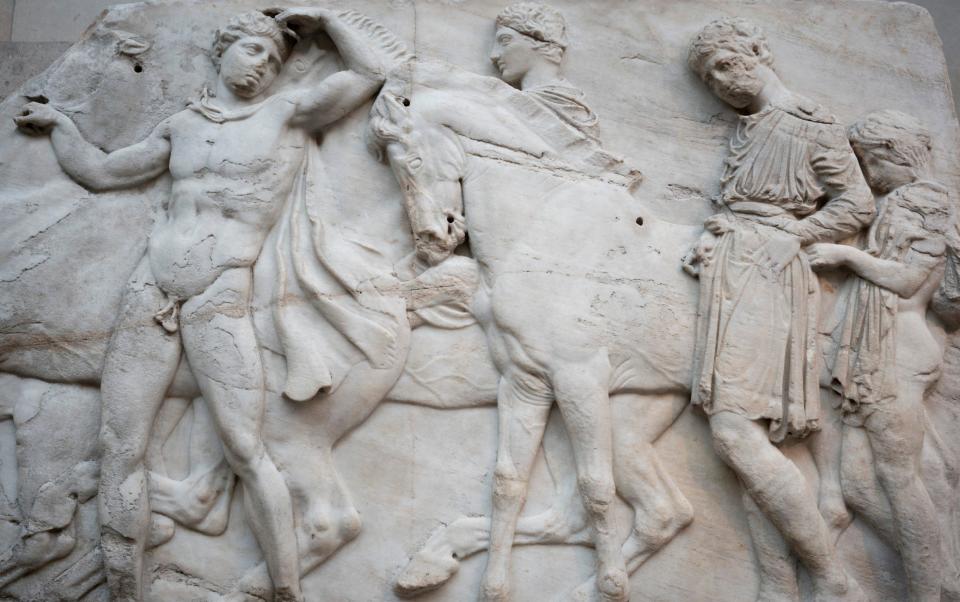
According to the director of another national museum, overseeing the British Museum remains “the dream job”. Yet, he continues, “when you read that job description, you think: ‘Who the hell is going to be able to handle all of this?’ It’s more than Herculean: it’s titanic. It’s a big thing. Is it even possible?” Who, then, are the most impressive candidates for this nigh-on-impossible task? And how should the BM’s next director undertake it?
Speculating about who will get the gig is fun, although appointments such as this can blindside even informed onlookers. (Witness the recent hiring of the little-known Danish art historian Karin Hindsbo as director of Tate Modern.) Still, several names have cropped up. Taco Dibbits, the Dutch director of Amsterdam’s Rijksmuseum (who has just pulled off “Vermeer”, the most-attended exhibition in the museum’s history), is, I’m told, rumoured to be Osborne’s preference. There are contenders in America: for instance, would British art historian Thomas Campbell, currently director of the Fine Arts Museums of San Francisco, be up for coming home? For eight years, until 2017, he led the Metropolitan Museum of Art in New York, which, in terms of its size, holdings, and renown, is comparable to the BM.
If, though, the head-hunters are considering anyone in the US, salary could be a sticking point: the £216,000 advertised to lead the British Museum is a fraction of the $1 million (£783,000) base pay that The Met’s current director, the Austrian art historian Max Hollein, reportedly receives. Would the honour of working at the British Museum be sufficient inducement? “That’s the problem,” laughs one current museum director.
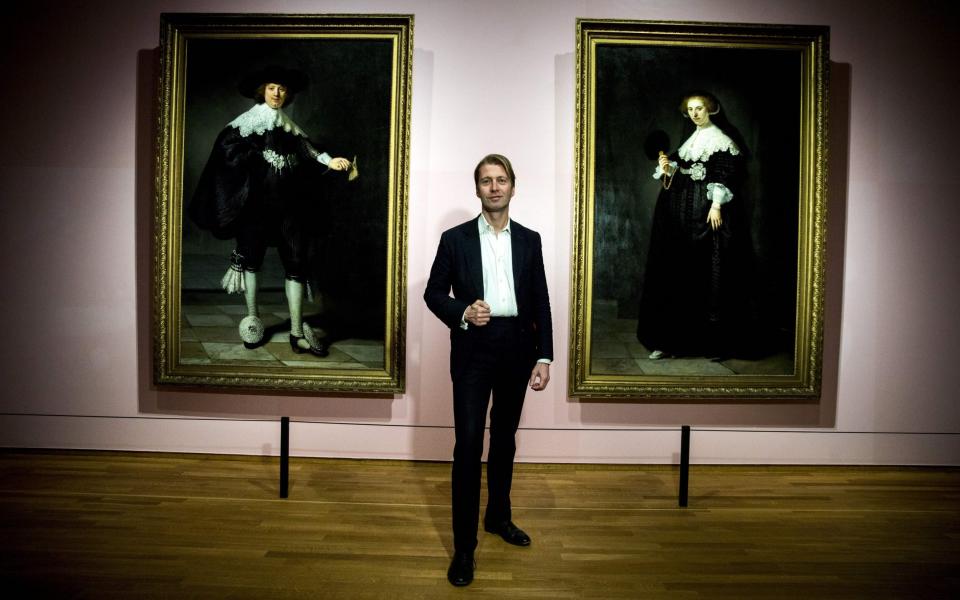
What, then, of people closer to home? (Besides, as another director puts it, “the experiment and experience of recruiting internationally for the last incumbent [i.e., Fischer] isn’t terribly encouraging.”) Former Labour politician Tristram Hunt, who has led the V&A since 2017, commands respect, although he may wish to return to government if Keir Starmer wins the next general election. Even if he were up for the job, could he work effectively with Osborne, a former Conservative Chancellor of the Exchequer?
Nicholas Cullinan, who is still only in his 40s, has proved adept at fundraising at the National Portrait Gallery, where he has overseen an acclaimed, £41 million redevelopment; a priority for the BM’s new director will be to drum up cash for its £1 billion “masterplan” of extensive refurbishment, including a total rethink of the so-called “Western Range” of galleries housing Ancient Egyptian, Greek, and Roman art. (There have been reports for years of leaky roofs within the BM’s ageing Bloomsbury building.) How, though, would Cullinan feel about the money from BP? Under his watch at the NPG, a £1 million donation from the American Sackler family allegedly responsible for the US opioid epidemic was withdrawn.
And then there’s the director of Cambridge’s Fitzwilliam Museum, Luke Syson, who began his impressive career at the British Museum (“He knows the system inside out,” says one source), and has “very strong intellectual range”.
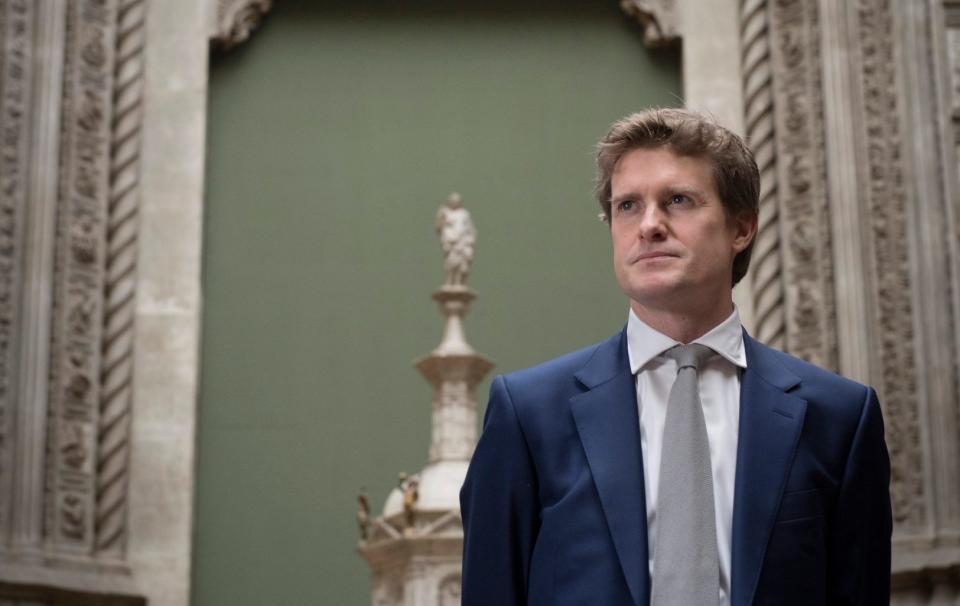
Yet, shouldn’t the job go to an archaeologist who really understands the storytelling potential, and complexity, of objects? (Although the British Museum does have a department of prints and drawings, it is, at heart, an institution of archaeology.) For instance, Jago Cooper, the director of Norwich’s Sainsbury Centre, used to work at the BM, as curator of the Americas – although, a former museum director tells me, “I’m not convinced, because, strangely, what he has done at the Sainsbury Centre is allow everybody to stroke the sculptures, which wouldn’t be a good thing at the British Museum.” Besides, the BM’s most notable recent director – the charismatic Neil MacGregor – was an art historian.
According to Osborne, the trustees, when vetting candidates, must balance “academic scholarship versus experience of managing large, complex organisations in the public sector”. But, surely, it would be a mistake to appoint anyone from “outside the museums sector” (as the job description puts it, to solicit surprising applicants). The “first thing” that the BM’s new director must do, says one current museum leader, is “create a family” and restore “a sense of belonging, of pride, of wanting to partake in the new mission”: “You need somebody that everybody will respect and want to work with.”
The museum’s demoralised curators still believe in the importance of its collections (which will long outlive those individuals who have brought the institution into disrepute), but they must be sufficiently supported and equipped (and, ideally, better paid). And whatever the director’s new vision proves to be (Osborne also believes that the new director must engage with conversations questioning the validity of the now-contested concept of the so-called “universal” or “encyclopaedic” museum), it must be clear and bold and fit for purpose in the 21st century – and appeal to older and younger members of staff whose ideas about the museum’s identity and future may differ.
For one director, the “fundamental question” is: what, today, is the point of the British Museum – this 18th-century invention of the Enlightenment that’s older than the USA? “What’s the purpose of a museum like that now? … What stories do its eight million objects tell us? How do they help us understand our identity – and proclaim it to the larger world?”
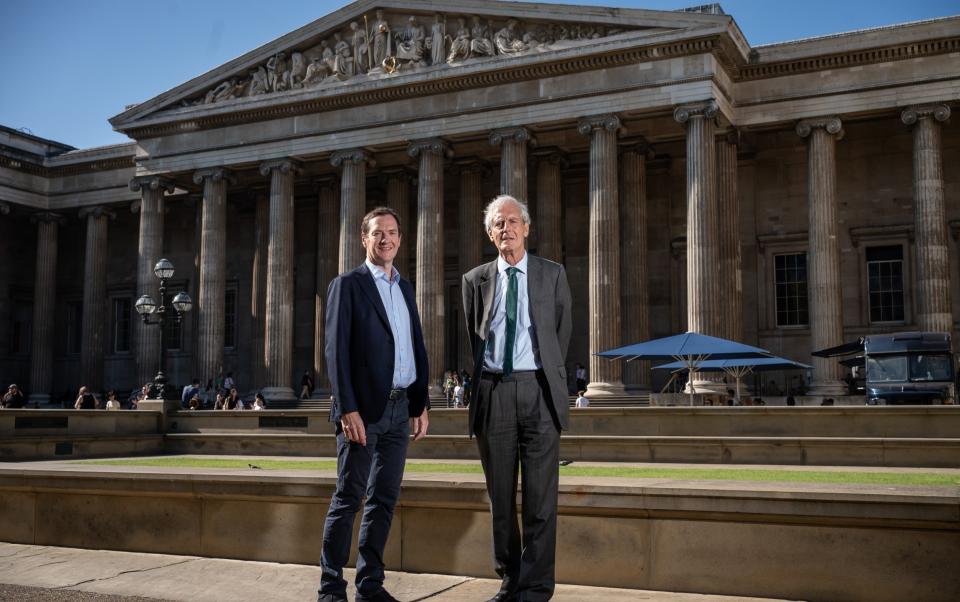
The answers to these elementary but existential questions must be articulated with ardour by a strong figurehead capable of persuading the public of the museum’s ongoing importance and relevance; someone, ideally, with an all-encompassing worldview, who could speak as passionately about, say, Asante gold as Gothic ivories.
And, although this aspect of the job isn’t detailed in the recruitment bumph, much of their strength may need to be reserved for dealing with Osborne, the museum’s powerful chair. In recent months, Osborne has been surprisingly prominent: the British Museum has “been too obviously run by the chairman and not by the director,” says one former museum director.
Will Osborne’s visibility and influence prove off-putting for potential candidates? “The chair is a very strong character,” agrees a national museum director: “Definitely a general of his army – and [seemingly] he’s looking for a corporal. That’s why it’s quite an intimidating job to go for, because you have to deal with a man who’s highly intelligent and quick-witted, but also experienced in many other things.”
The relationship between director and chair must be, he continues, one of “mutual respect”: “You’ve got to find somebody who’s going to be up to [Osborne’s] level, and is able to tell him, ‘Look, actually, I don’t think we should go in this direction.’ And he [Osborne] should support the director – it’s very important that a chair supports the director’s decisions.”
Applications for the job of director of the British Museum must be received by noon on Jan 26; information: britishmuseum.org
